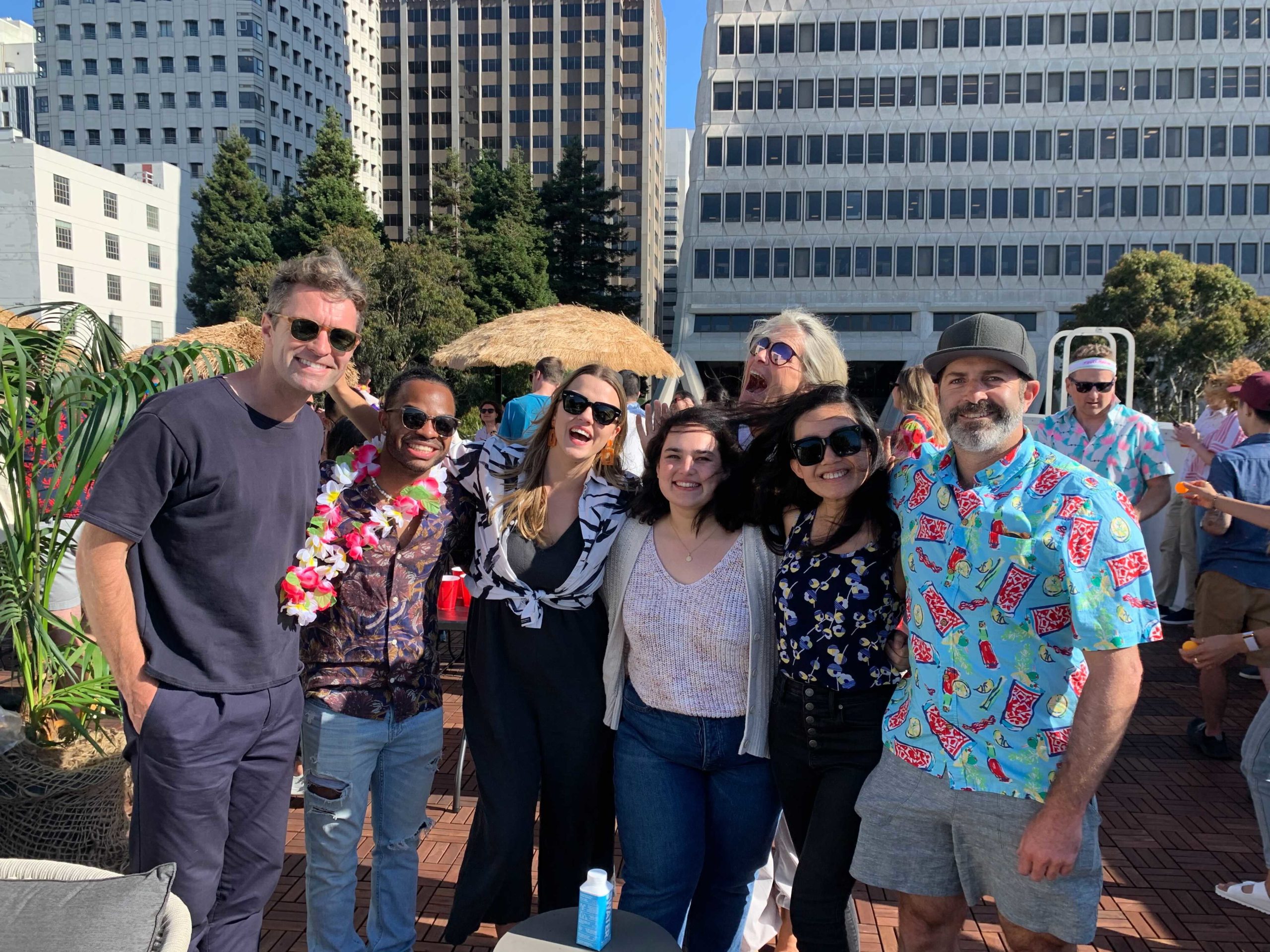Peter Drucker on the Purpose of Business

By Jim Rossi, UC Berkeley Graduate School of Journalism
This post originally appeared on LinkedIn.
In their classic Enron post-mortem The Smartest Guys in the Room, authors Bethany McLean and Peter Elkind recount a prescient story about MBA-in-training Jeffrey Skilling, the company’s ill-fated future CEO. While at Harvard Business School during the late 1970s, one of Skilling’s professors asked him, “What would you do if you learned that a profitable product your company made was harming your customers?”
“I’d keep making and selling the product,” Skilling reportedly replied. “My job as a businessman is to be a profit center and maximize returns to shareholders. It’s the government’s job to step in if a product is dangerous.”
Earlier in the 1970s, economist Milton Friedman had countered socialism’s ascendancy by arguing, “The social responsibility of business is to increase its profits.” Friedman won the Nobel Prize in 1976. Starting at Harvard two years later, Jeffrey Skilling took Friedman’s idea and ran with it – straight off a cliff.
After graduating near the top of his class at Harvard, Skilling landed a prestigious consulting job for McKinsey & Company during the 1980s. There he developed Enron’s business plan to trade energy via computers in the newly de-regulated US electricity markets. Skilling’s business plan worked so well that Enron’s founder Ken Lay eventually hired him full-time to run the company. The rest is history: Fortune named Enron its most innovative company six years in a row – the last in 2001, months before the company imploded in a labyrinth of accounting frauds.
Enron’s biggest customers were the big electric utility companies. During the 2000-01 California energy crisis, Enron’s price manipulations, phantom trades and forced plant shutdowns – driven by Skilling’s imperative to maximize profits – did not just anger and alienate those big customers. They drove one into bankruptcy – Pacific Gas & Electric – and pushed several others to the brink. Enron also harmed the utilities’ customers – everyone who pays an electricity bill got stuck paying more. Finally, Enron’s pursuit of maximum profits led executives to hide billion-dollar losses through an elaborate shell game. When Wall Street and financial journalists finally started asking tough questions about Enron’s balance sheet, the answers they found decimated the company’s shareholders and creditors. If you want to reach Skilling now, mail him at Club Fed.
For those of us who seek a different journey through the world of commerce, I recommend reading a little Peter Drucker. You can’t go wrong with William Cohen’s Drucker on Marketing: Lessons from the World’s Most Influential Business Thinker. In it, Drucker argues that while profitability is the crucial oxygen that keeps any business alive, profit maximization is a dangerous myth – not just bad for society, but self-destructive to the company.
Drucker taught business management at New York University and Claremont McKenna Graduate University and lived to the ripe age of 95. He largely eschewed number-crunching spreadsheets and algorithms – “Computers are morons,” he said – in favor of optimizing human relationships. He believed those relationships formed the key to business success. Drucker argued that maximizing profits tends to degrade both product quality and the company’s relationship with customers. That risk, he realized, would only intensify as new digital media technology made it faster and easier for customers to share instantaneous feedback around the globe.
Profit maximization, in other words, tends to shrink your customer base by opening up opportunities for your competition to beat you on price and quality.
“The purpose of business,” Drucker said, “is to create and keep a customer.” To do that, Drucker believed each company has an optimum profitability. What is optimum? Enough, Drucker said, to employ a long-term workforce, insure against financial risks, and to finance any company’s top two functions: marketing and innovation.
“The business enterprise,” he wrote, “has two – and only two – basic functions: marketing and innovation… All the rest are costs.”
What about sales? Human resources? Engineering, manufacturing, customer service, accounting, legal? All crucial, according to Drucker – as long as they each focused on marketing and innovation in their areas of expertise.
Drucker’s views and their application to our businesses deserve a critical look. Feel free to get started in Comments.


